Summary
- Choose cleric or paladin for a healing class.
- Stock up on essential healing spells.
- Always have backup healing options.
While Dungeons and Dragons is rarely a game that places a focus on “min-maxing” during character creation to produce an OP character, there is still a necessity for running with a character that has a few tricks up their sleeves, and fulfills a specific role within the party. Whether that is the “face” of the party who will charm NPCs, the tank to charge in at the forefront, or the damage dealer.
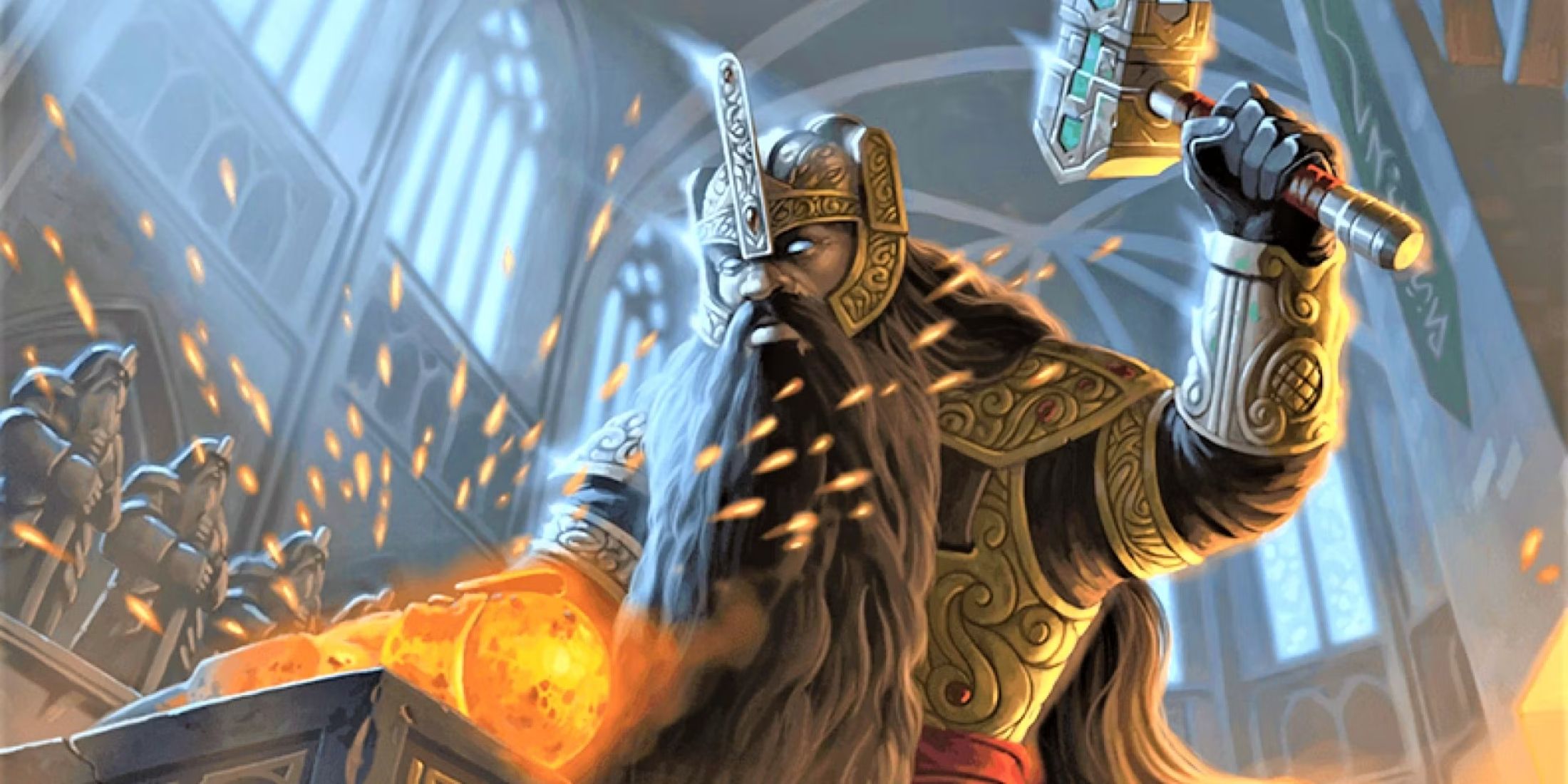
Related
Dungeons & Dragons 5e: Best Cleric Builds
For those planning to start up a Cleric in Dungeons & Dragons 5e, here’s what to consider to get the best builds out of the class.
Another necessary but often passed-over role in any sort of RPG setting is that of the healer. Many do not see the role of designated babysitter as desirable, but the healer more often than not ends up as the most popular character, as everyone wants first dibs on that post-battle cure wounds, especially in D&D.
8
Pick the Right Class
Certain Classes Are Geared to Healing More Than Others
The first step towards making any character with even a basic concept in mind is choosing the right class to fit the role. When it comes to healing, this is a much more simple choice, as there are two primary classes that are geared towards healing, with one more favored than the other.
These classes, of course, are paladin and cleric. Paladins are holy warriors bestowed with radiance and the ability to ease some of their party’s pain. Their Lay on Hands ability is particularly useful as it doesn’t expend a spell slot. The clerics are seen as the bread and butter healing class, as they have a whole spell book’s worth of healing spells, and one of their Domains is even called the Life Domain, which is the best for keeping allies up and in battle. For healers, either of these choices is the ideal way to start.
7
Pick up Plenty of Relevant Spells
A Healer is Only as Good as Their Spell List
For the most part, healers are going to rely on the spells at their disposal to keep their allies alive and well, and as such, any healer candidates need to make sure they have enough equipped. While offensive spells shouldn’t be completely snubbed, they definitely should not be the main focus of the build either.
Spells such as cure wounds and healing words should always be readily available to the healer, especially at lower levels when they don’t have access to the more powerful life-sustaining spells, such as mass cure wounds or mass heal. Still, the lower-level spells are always good to have even at higher levels in the case of an emergency, as even the few hit points they grant can mean the difference between life and death.
6
Always Have Back-Up Healing
Keep Up the Good Work Even With No Resources Left
The unthinkable has happened–all the team are injured, and starting to stop like flies. The healer spent all their resources in that last battle…for the unprepared, this would very likely result in a character dying, or even the dreaded TPK as the worst-case scenario. The healer can circumvent this by having alternative means at their disposal to keep their team in enough shape to dispatch the threat before them.
Equipment such as the healer’s kit and potions of healing are vital in these scenarios, as it could quite literally be life or death. Of course, these are not infinite resources, so any healer should make sure to keep track of those they have used and replace them as soon as possible to avoid being caught out with no spell slots and no expendable resources of any kind.
5
Opt for a Feat to Aid in Healing
Skip the Ability Score Increase for a Healing-Focused Feat
At certain levels, players will be given the option to increase their ability scores, or by taking a feat. The most common choice is just to do the former, as this means they can beef up scores that are lacking, or increase the ones they rely on most to the max. But the healer shouldn’t always just follow the herd, and should even consider taking a few feats that can aid them in their healing endeavors.

Related
Baldur’s Gate 3: Best Feats For Paladin
If Paladins are to explore the lands with their oath in Baldur’s Gate 3, then it’s best to bring some great feats to aid in the adventure.
Feats such as chef and inspiring leader are just a few that revolve around granting the party more HP, giving them more of a chance in the next battle they find themselves in.
4
Healers Must Also Look After Themselves
They Can’t Heal if They Are Dead
It is a fairly obvious statement, but it is one that still holds true: a dead healer is a useless one, especially if they are the only one on the team, and the one holding all the potions of healing. As such, a healer needs to make sure they aren’t hanging on to life by the skin of their teeth, keeping their hit points topped up to avoid being cut down in the following battle.
While they shouldn’t just sit behind the party spam-healing themselves, it is imperative to toss themselves a healing word every now and again, so that they can continue to care for their team. Part of looking after their own lives also means they shouldn’t lead the party, and leave that to someone who can either detect threats such as traps up ahead or afford a few out-of-initiative wounds, such as a rogue and barbarian respectively.
3
Save Up Gold
Plenty of Coins are Needed for Resurrection Spells
Sometimes, even the best healers won’t be able to save everyone. That is why it’s important to have plenty of gold on hand, which can then be traded for diamonds with enough value to perform the resurrection spells and bring back their fallen friends into the fray.
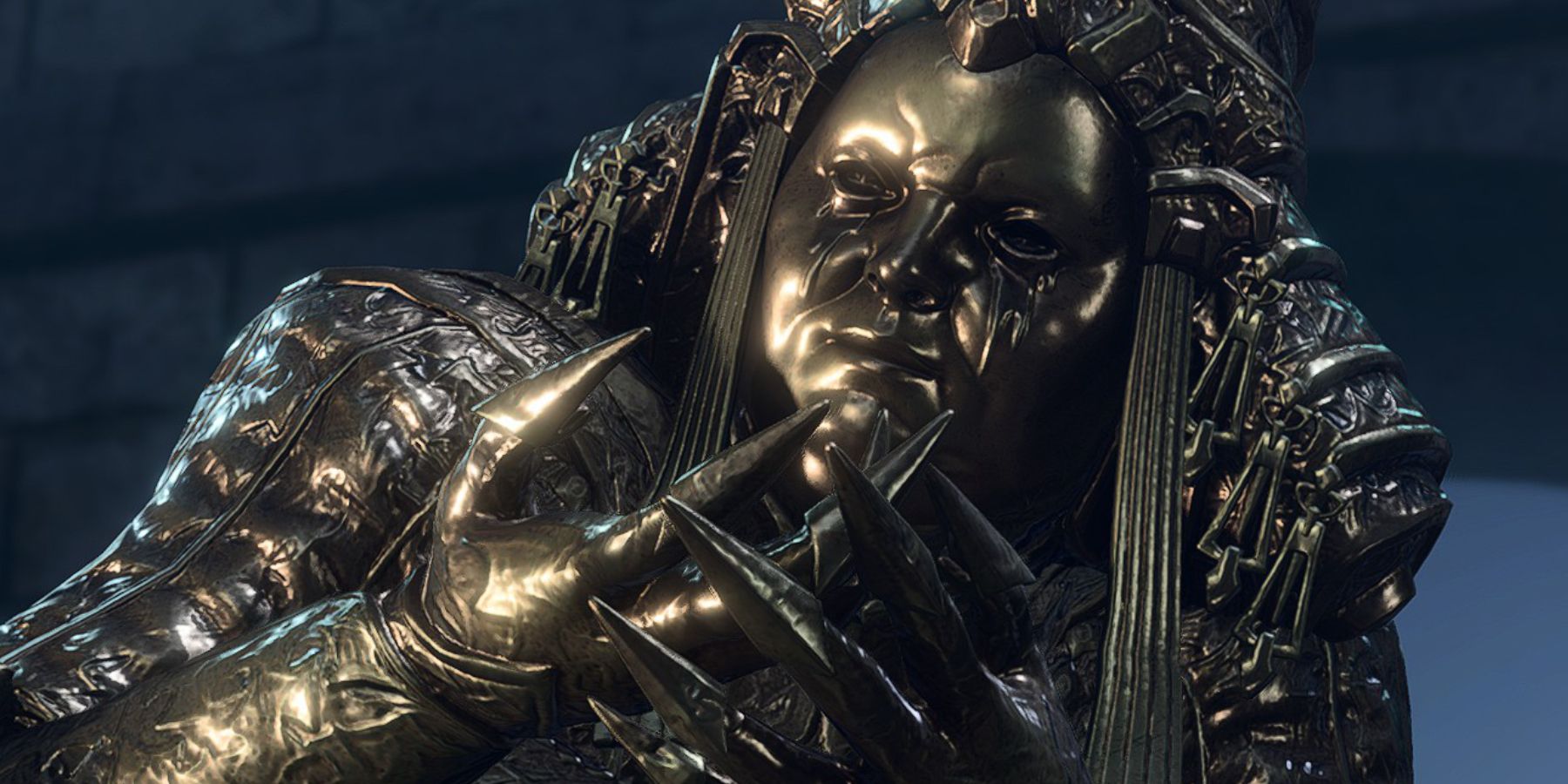
Related
Baldur’s Gate 3: The Best Ways to Make Gold Fast
Gold can be used to buy a number of items in Baldur’s Gate 3 – spend as much as you want, after following these methods to make money in BG3.
Healers should take care to thoroughly read which resurrection spell they are using as there might be a few stipulations that must be taken into account, such as revivify only working on a creature that has died at the last minute, so they will need to already have that 300gp diamond on hand to use.
2
Keep Track of the Party’s Hit Points
Know Who to Heal, and When
In a pen-and-paper version of the game, it can be hard to know who to heal and when, as there is no visual indicator for them to tell who needs healing and when, unless they awkwardly lean over to glance at their friends’ character sheet, to ask out loud who is injured. Virtual versions of D&D, such as seen on Forge or Roll20, make this a lot easier, as DMs can reveal other players’ health bars to players, but not everyone has this luxury.
For those that don’t, they should have a note somewhere of everyone’s maximum HP, and what damage is dealt to them each turn, if any. It sounds like a lot of work, but part of the deal with being a healer is working hard to keep their party alive. It’s useful information to have right there who is in most dire need of medical attention to avoid waiting another turn only for them to drop, as the combat could then snowball out of control.
1
Prevention is the Best Cure
Occasionally Encourage Avoiding Combat
Violence isn’t always the answer, and it doesn’t always have to be a foregone conclusion. If the party can avoid getting into a scrap, everyone is guaranteed to live to see at least one other day, so as such, it would definitely be beneficial to circumvent combat every once in a while.
There are a few ways the party can manage this, either by sneaking around the enemy group, persuading them not to fight, or intimidating them into fleeing. The cleric could either make sure their charisma is up to the challenge of the latter or have the resident bard, sorcerer or warlock use their undoubtedly high charisma to pull it off on their behalf. As for the stealth…they just need to hope the group passes the check. While not every combat should be skipped this way as it results in skipping around some of the Dungeon Master’s work, it is a great way to keep the party from needing healing in the first place.
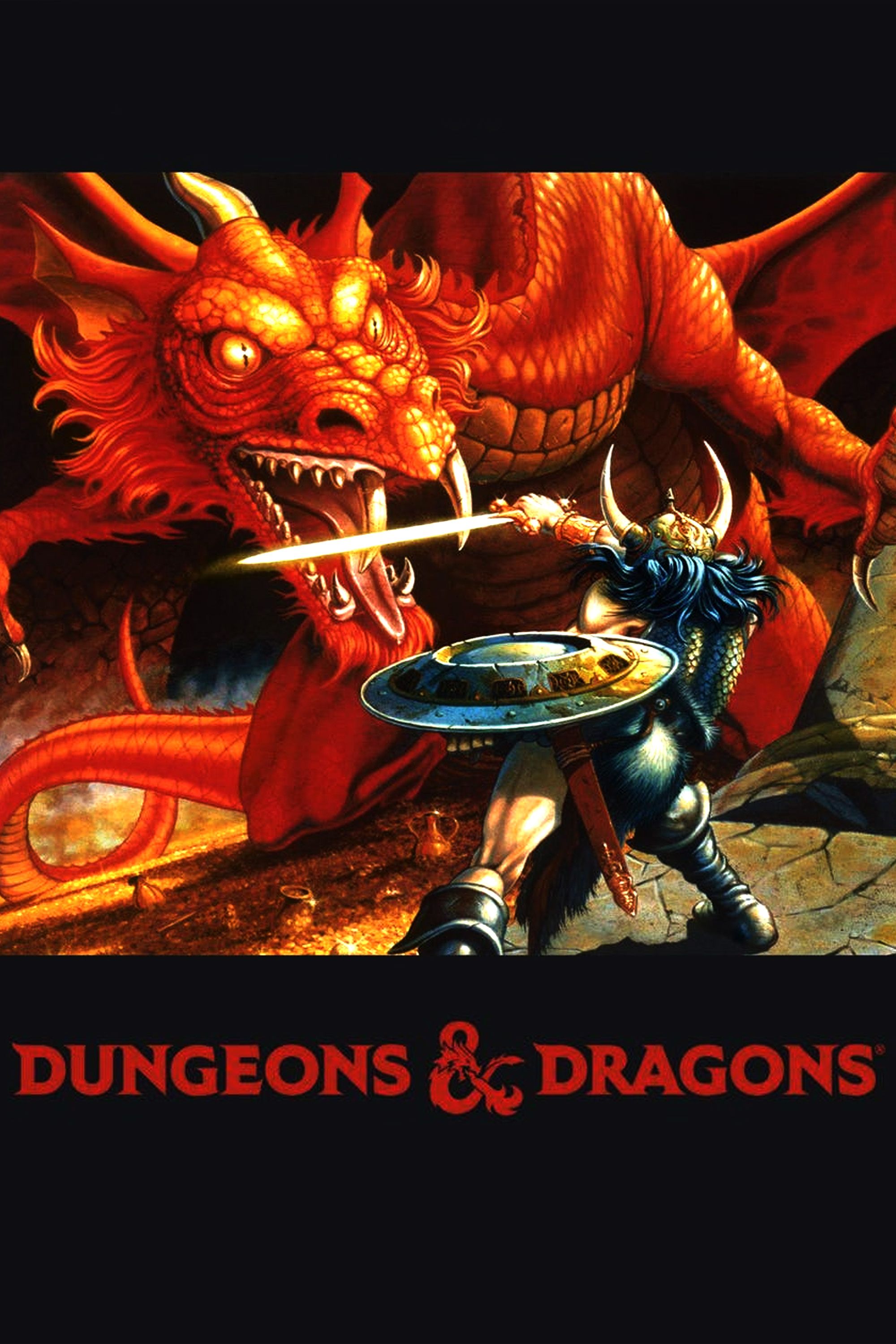
Dungeons and Dragons
- Franchise
-
Dungeons & Dragons
- Original Release Date
-
1974-00-00
- Designer
-
E. Gary Gygax , Dave Arneson
Source link
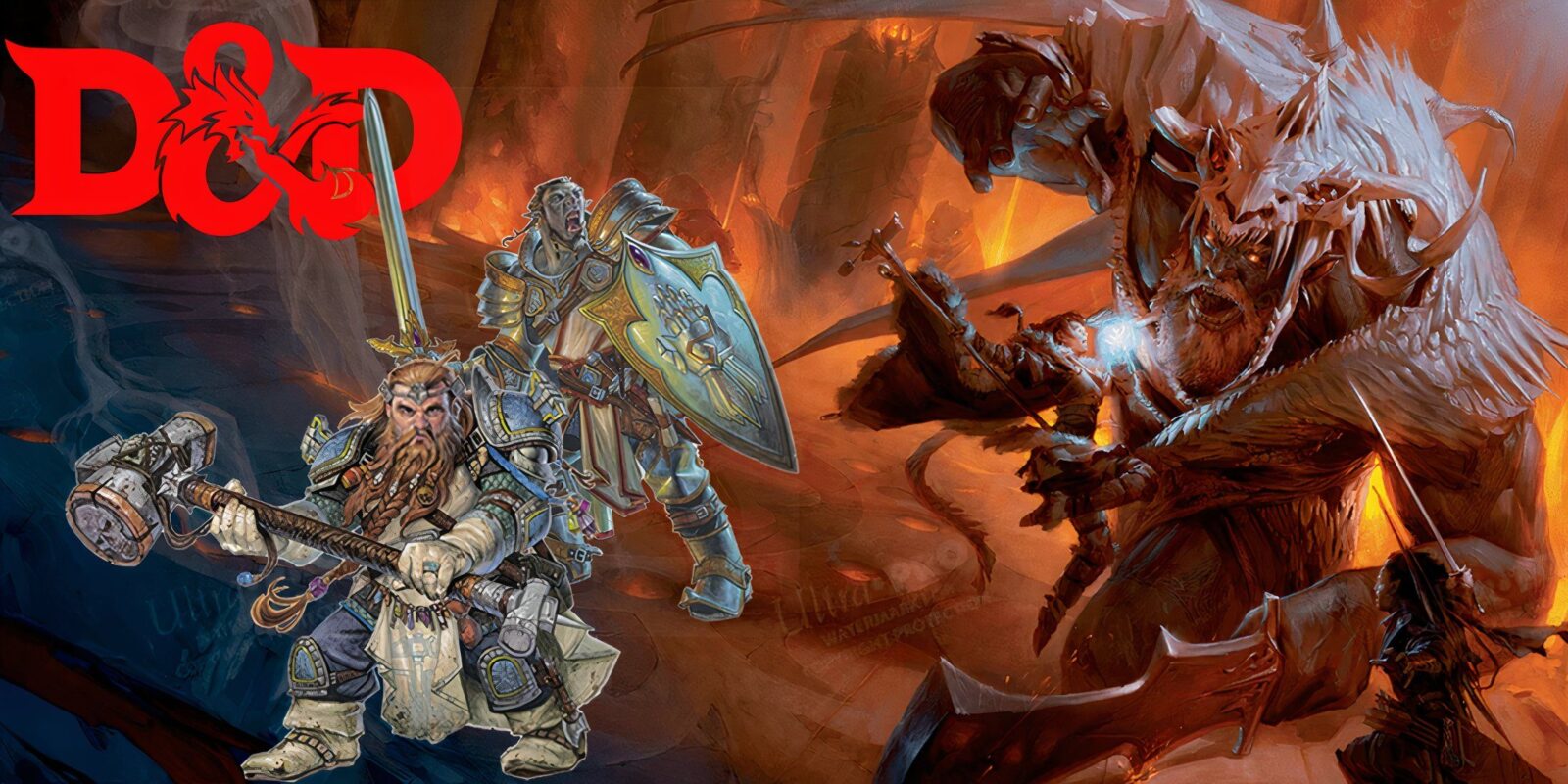



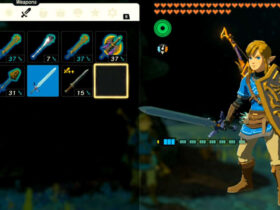





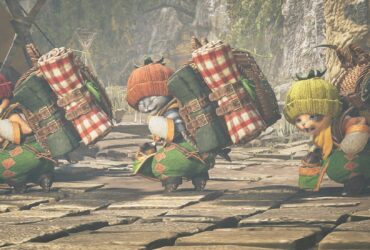

Leave a Reply